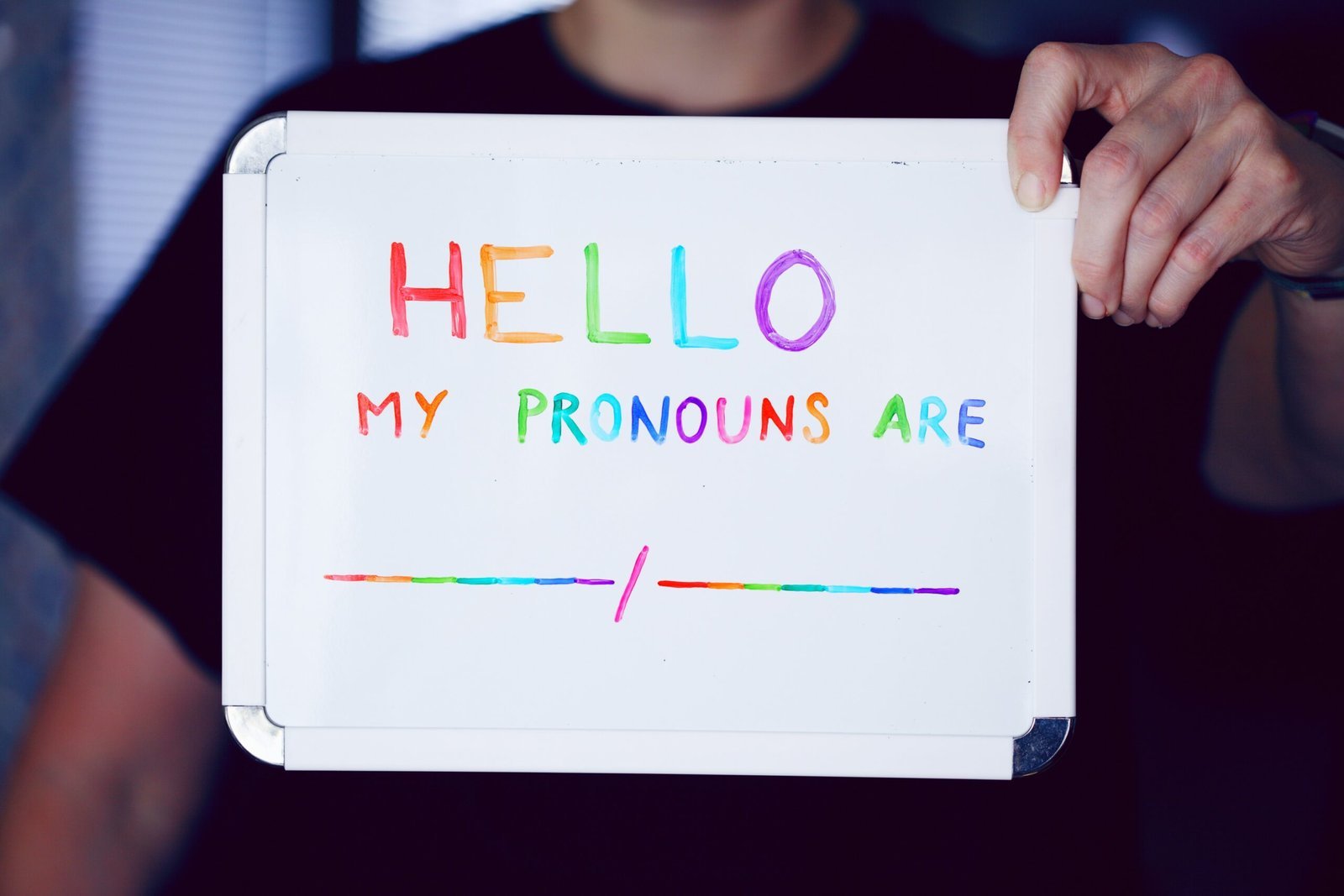
The Aftermath of Election Loss: A Party in Disarray
The recent electoral defeat has reverberated throughout the Democratic Party, laying bare the internal divisions that have long simmered beneath the surface. The party’s struggle to maintain cohesion among its various factions has become increasingly apparent as leaders grapple with the fallout of the election loss. The leadership, tasked with uniting a diverse array of viewpoints, is now confronted with the reality that the rift between moderates and progressives has widened, complicating the path toward collective action.
Particularly significant is the party’s focus on issues surrounding transgender rights, which has emerged as a flashpoint for contention among its constituents. While advocacy for transgender rights is a crucial aspect of the party’s platform, differing opinions on how to approach these matters have fueled discord. This disagreement illustrates the challenge the Democratic Party faces in catering to a broad spectrum of ideologies, with some members prioritizing social justice initiatives while others emphasize economic concerns. The discord has not only weakened the party’s immediate post-election recovery efforts but has also raised questions about its electoral strategies going forward.
Key events leading to the party’s electoral setback have also contributed to its current disarray. The perceived disconnect between party leadership and grassroots activism has fostered a sense of disillusionment among voters. As certain factions within the party grapple with the need for a unified message, others are calling for a reevaluation of overarching strategies. The repercussions of the election loss extend beyond immediate repercussions, highlighting the urgent need for the Democratic Party to critically assess its priorities, strengthen connections with constituents, and redefine its approach to key issues. Moving forward, this introspection will be essential in addressing the challenges that lie ahead.
The Controversial Focus on Transgender Issues
The Democratic Party has increasingly centered its attention on transgender rights, particularly focusing on the issues that affect transgender youth. This shift, while aiming to promote inclusivity and equality, has sparked significant controversy within and beyond the party. Supporters argue that advocating for transgender rights is essential for safeguarding the dignity and well-being of these individuals, particularly minors who may face discrimination and violence. In their view, promoting policies that affirm gender identity is a moral imperative that aligns with the values of justice and equality.
However, this emphasis has drawn criticism, particularly concerning the impact of such policies on children. Critics argue that certain measures may not fully consider the psychological and developmental needs of youth, leading to potential long-term consequences. The debate often centers around topics such as access to gender-affirming treatments and the appropriateness of educational content regarding gender identity in schools. Detractors claim that these policies can create confusion among children and adolescents, leading to decisions that may not align with their best interests.
This controversial focus on transgender issues has prompted anxiety among some of the Democratic Party’s traditional voter base. Many are apprehensive that the party’s dedication to these topics may alienate moderate voters and working-class families, who perceive this focus as overshadowing other pressing economic and social issues. Voices from within the community reflect a diverse spectrum of opinions, with some arguing that the party’s stance can serve as a double-edged sword; it can either affirm the rights of marginalized groups or risk distancing those who feel the party has strayed from core issues affecting their daily lives.
As discussions continue, the Democratic Party must navigate the complexities of these concerns, balancing the need for progressive change with the imperative to maintain unity among its constituents. The road ahead remains contentious, with both advocates and opponents of the party’s approach to transgender issues keenly observing its implications for future electoral success.
Internal Conflicts and Candidates at Odds
The recent presidential campaign for the Democratic Party has been characterized by notable internal conflicts that have highlighted divisions among candidates. These disputes have largely stemmed from differing opinions on critical issues, including gender identity, immigration, and international affairs. Such disagreements have not only resulted in public disputes among Democratic candidates but have also exacerbated fractures within the party’s unity.
During the campaign, differing stances on gender identity have ignited significant controversy. Some candidates emphasized a progressive approach, advocating for expansive rights and recognition for all gender identities, while others took a more moderate stance, emphasizing the need for dialogue with various stakeholders. This divergence created an environment ripe for conflict, where candidates publicly criticized each other’s positions, ultimately leading to a perception of discord within the party.
Similarly, immigration emerged as another contentious issue among Democratic candidates. Views varied widely, from advocating for more robust pathways to citizenship and greater protections for undocumented individuals, to calls for tightening border controls to address national security concerns. These conflicting narratives sparked debate not just among candidates but also among their supporters, leading to a cacophony of messages that muddled the party’s overall platform on this vital issue.
International affairs also served as a battleground for candidate disagreements, particularly regarding approaches to foreign policy and alliances. Candidates exhibited varying degrees of interventionism versus isolationism, leading to public statements that often contradicted one another, further complicating voter perception. Such public disputes have not only clouded the Democratic Party’s message but have also resulted in lower voter confidence in the party’s ability to present a cohesive platform.
As these internal conflicts unfolded, they undeniably shaped campaign strategies and voter perceptions, leading many to question the unity and direction of the Democratic Party going forward. The fractures seen during this election cycle signal potential challenges that could hinder the party’s efforts to present themselves as a unified alternative to their rivals.
Reconnecting with Core Constituents: A Roadmap for Revival
The Democratic Party has faced significant challenges in recent elections, leading to a pressing need for a comprehensive strategy aimed at reconnecting with its core constituents, particularly working families and middle-class voters. To embark on this journey of revival, the party must first acknowledge the disillusionment felt by many of its traditional supporters. Acknowledging the issues impacting everyday lives is essential, as it provides a pathway for the party to emerge as a relevant force in contemporary politics.
One of the pivotal strategies to regain lost support revolves around moving beyond divisive and polarizing topics. While these discussions may dominate headlines, they often alienate average voters who are seeking concrete solutions to pragmatic issues. The party must focus its messaging on areas that resonate on a personal level, such as affordable healthcare, job security, education access, and economic stability. By addressing these real concerns, the Democratic Party can demonstrate a commitment to the everyday struggles of its constituents.
Moreover, rebuilding trust demands authentic engagement with grassroots movements. The Democratic Party should emphasize the importance of collaboration with local organizations and community leaders, ensuring that its policies reflect the voices of those it aims to serve. An outreach strategy that prioritizes listening sessions and town hall meetings will foster a greater sense of solidarity with constituents. This grassroots approach not only reinforces trust but also allows for diverse perspectives to shape the party’s agenda, making it more reflective of the population it seeks to represent.
It is crucial for the Democratic Party to craft messages that not only articulate its vision but also demonstrate an understanding of the constituents’ lived experiences. By focusing on the shared values and aspirations of working families and middle-class voters, the party can facilitate a reconnection, paving the way for a renewed sense of belonging and optimism. Establishing a roadmap that prioritizes these areas will set the stage for successful engagement and revival.


Leave a Reply